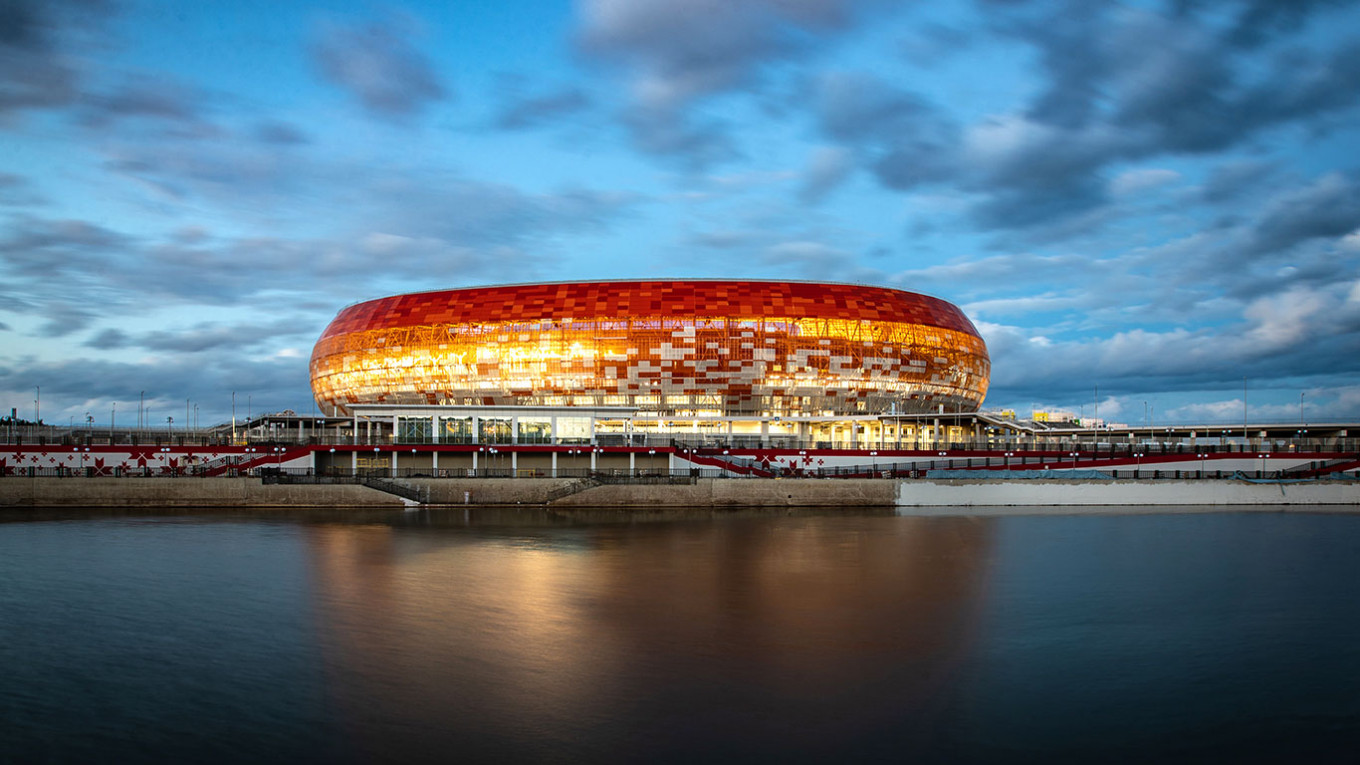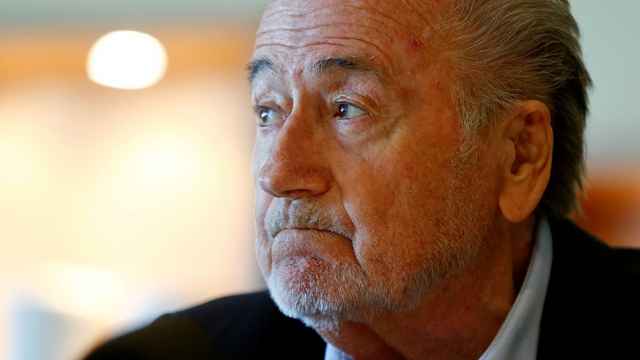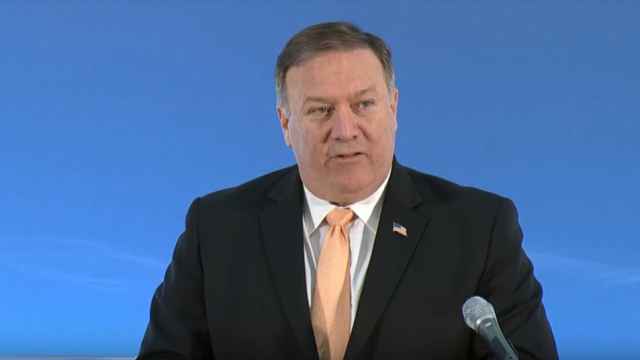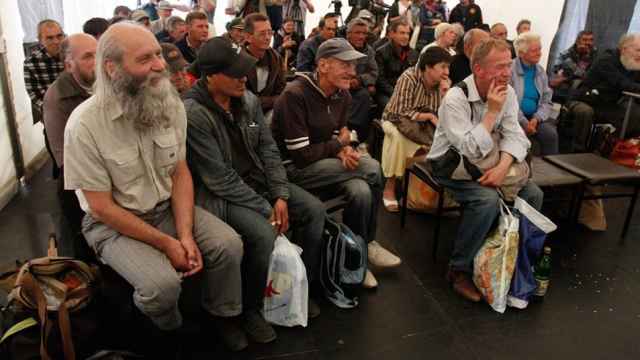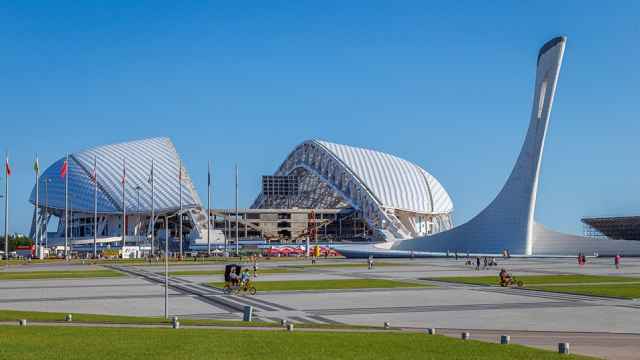SARANSK, Mordovia — Saransk Football Club’s last three home games attracted fewer than 250 fans, a quarter of the crowd allowed under Russia’s coronavirus restrictions.
While lackluster attendance is no surprise for a team formed only months ago and playing in the third rung of Russia’s football pyramid, the idle turnstiles and empty stands seem especially desolate in a stadium built to host 45,000 people.
The club’s home ground is the impressive Mordovia Arena — one of nine stadiums Russia built for the 2018 World Cup in an estimated $14-billion investment splurge. Three years later, after a tournament hailed by both Fifa and fans from around the world as one of the best ever, the stadium is an oversized blemish on Russia’s World Cup legacy.
“The World Cup was amazing — an unforgettable, vivid experience. For the city of Saransk, being chosen as a host city and getting this stadium was a huge gift,” Mordovia’s Minister of Sport, Alexander Savilov, told The Moscow Times in an interview in the stadium.
Seated pitchside in the home team’s dugout, as groundskeepers tended to the pristine playing field, he added: “I want the stadium to live, for as many fans as possible to come here, so that its future is as vivid as its World Cup history.”
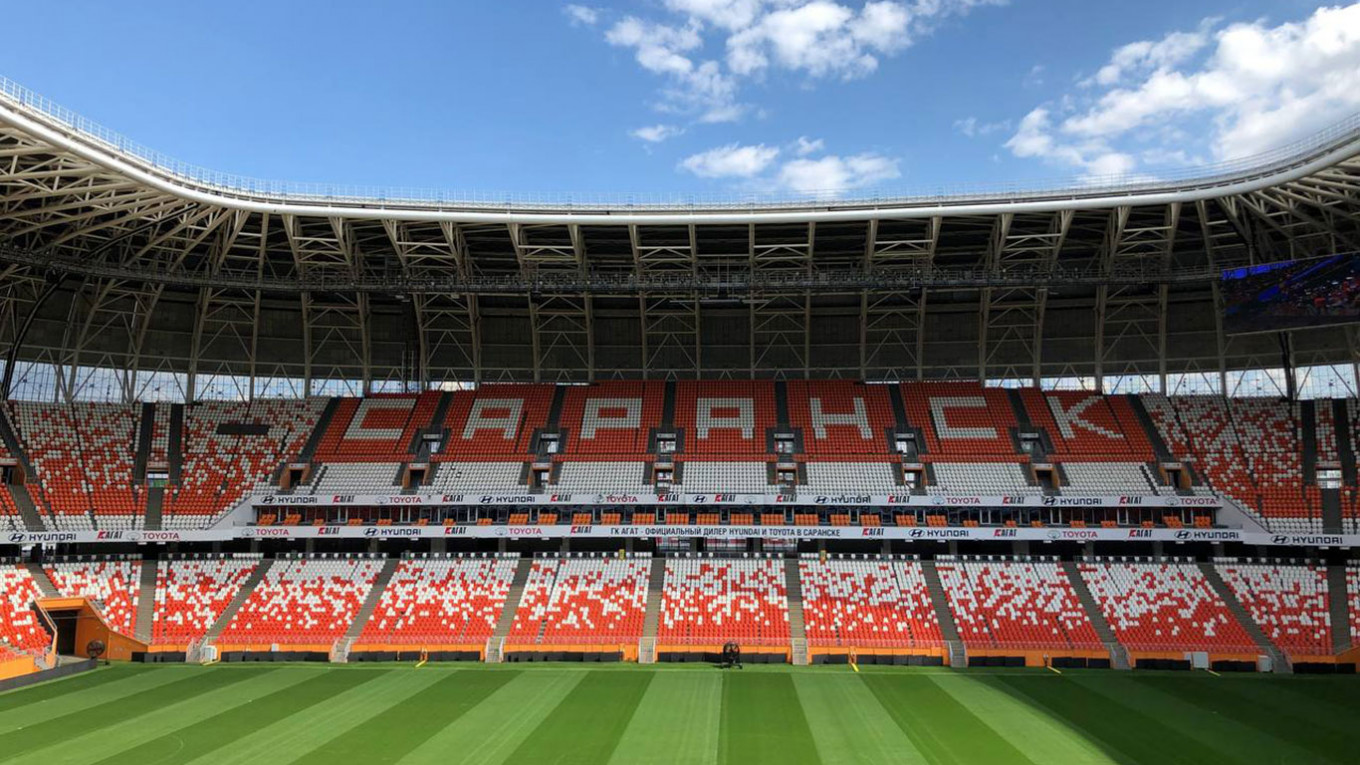
‘Ticket to the future’
The small, central Russian city of Saransk, with its shrinking population of around 300,000, was seen as an odd choice for one of Russia’s 11 World Cup host cities. Larger cities, such as booming Krasnodar, which independently built its own world-class football stadium and is home to a successful team which now regularly competes in European competitions, seemed a more natural fit.
But it was Saransk that got the nod — amid rumors of a political snub from Moscow toward regional elites in Krasnodar — securing not only the new $300-million stadium to host four World Cup fixtures, but billions of rubles for a new airport, roads, housing complexes and city center hotels.
“It was our ticket to the future,” said businessman Viktor Biryukov, head of the local branch of the Russian Union of Entrepreneurs and Industrialists, a government-connected business association. “We were very lucky. But now we need to do everything we can to ensure we use it properly.”
Though enthusiasm for everything connected to the World Cup is still palpable across the city three years later, the present-day costs associated with that “ticket to the future” have raised questions.
Mordovia, the downtrodden agricultural region of which Saransk is the capital and after which the stadium was named, has been plagued by regional debt and corruption scandals. Local finances are shaky and upkeep of the new facilities — built to accommodate an unprecedented but short-lived influx of foreign tourists and well-heeled dignitaries — is expensive.
The Russian government spent more than 250 million rubles ($3.5 million) on maintenance for the Mordovia Arena alone in 2020. Total outlays in the three years since the World Cup are around $10 million — a huge sum in one of the country’s poorest regions, where the average annual wage is just $5,000.
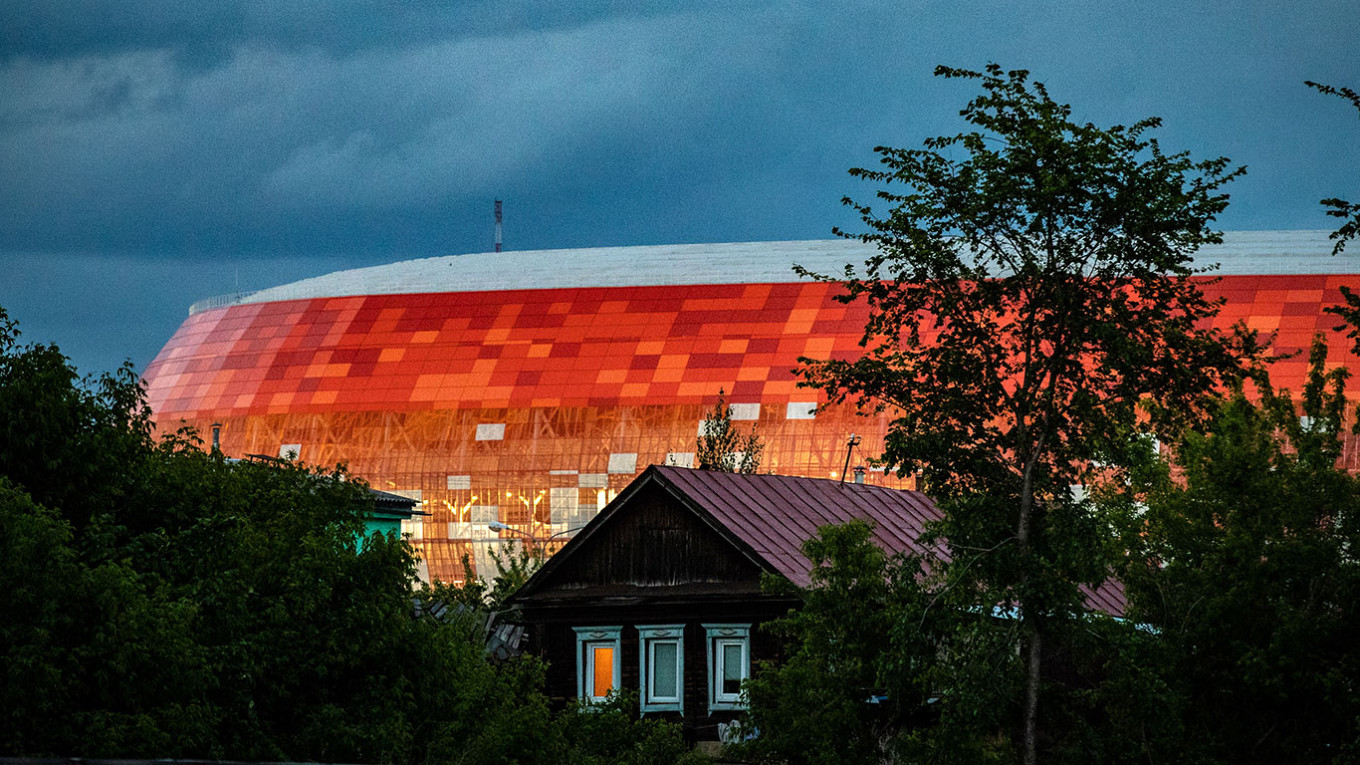
The stadium is also battling with the economics of Russian football. In the three seasons since the World Cup, three different clubs have tried to make the Mordovia Arena their home ground — including Tambov FC, a team 300 kilometers and a six-hour drive away. They folded earlier this year, hit by the pandemic and unable to pay player and staff salaries.
Intruding on the Saransk skyscape from its perch on a riverbank at the city’s edge, the oversized arena looks distant and imposing.
Savilov said he had hoped that by now it would be home to a team competing in the top echelon of Russian football, the Russian Premier League. While he accepted that on-pitch success is a big driver of the stadium’s ability to stay relevant and justify the ongoing costs — he said it should be about more than football.
“We don’t think of it only as a football stadium. It should be a sports, cultural and entertainment venue — a stadium for everybody.”
His plan is to “saturate” the stadium with events — ranging from marathons and darts championships to orchestral concerts — to boost traffic and get locals to visit the stadium on a regular basis for a wide range of activities.
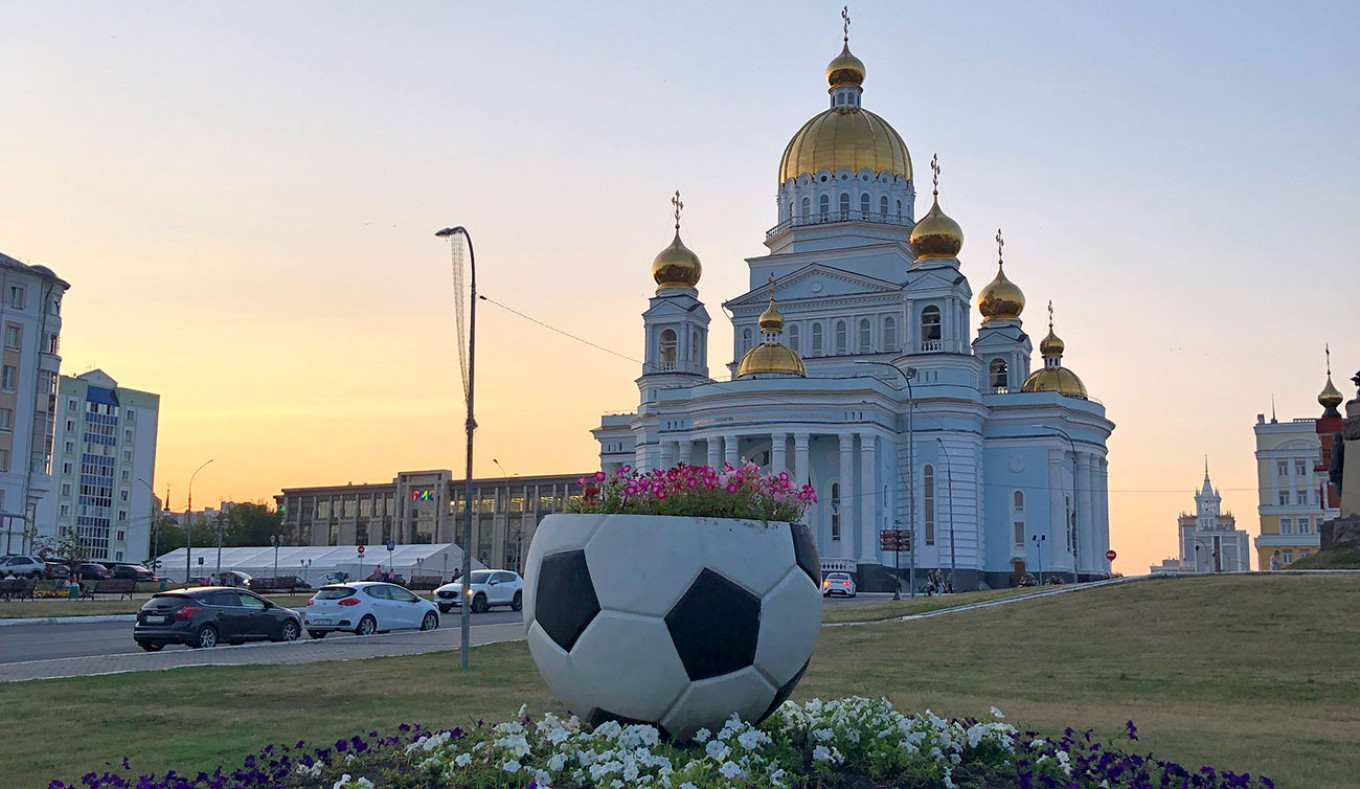
Commercial tenants should also provide an extra source of revenue, he said.
Earlier this year small dance studios, martial arts clubs, hockey training facilities and a mini go-karting track opened in converted stadium space under the stands. Rents are set lower than in the city center in a bid to attract businesses. But footfall so far is slow — hindered by the pandemic and the stadium’s location in a sleepy residential part of the city.
Bureaucracy has also played a part, with the first long-term commercial strategy for the stadium only being put into action at the start of 2020. Several high-profile events designed to kick off the stadium’s new life as a regional cultural and sporting hub had to be postponed, Savilov said.
‘Potemkin village’
Critics fear that whatever the plan, the stadium is doomed to join a long list of big tournament white elephants around the world — huge investment projects that fail to find a sustainable life once a World Cup or Olympics has ended. Such projects have blighted the legacy of major sporting events in South Africa and Brazil.
The Mordovia Arena was singled out long before the tournament as the least viable of Russia’s World Cup venues, and the stadium’s management team talk openly about their near-impossible endeavour.
“It's one thing to have a stadium in a big metropolis like Moscow — it’s another here, we’re a small town. But, we mustn’t grumble, we have to get on with the task,” Savilov said.
Saransk itself has a chequered history when it comes to constructing and managing sports venues. On the city’s central square stands the unfinished “Saransk Arena,” another imposing multi-purpose sports venue plagued by construction woes and lacking a clear idea of what it will be used for. After some talk that the region’s new governor wanted to tear it down, Moscow granted another 800 million rubles ($11 million) in federal support earlier this year to finish construction.
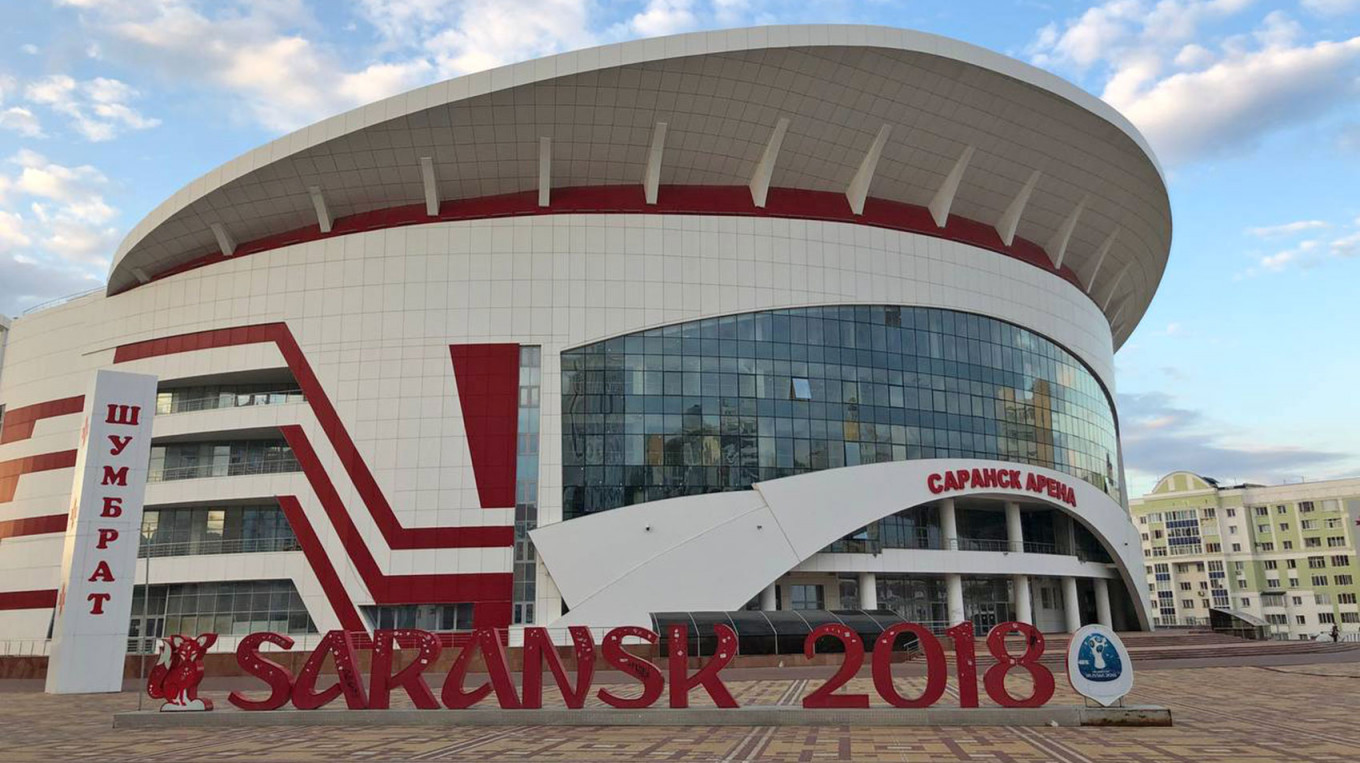
The results of the wider World Cup investment program in the city have also attracted criticism. Regional media reports and local activists refer to the projects as a “Potemkin village” — a facade of development and modernity in the city center disguising poverty and creaking infrastructure in the places where most of the city’s residents actually live.
In places, it appears that the facade is already cracking.
Weatherbeaten World Cup monuments, souvenir stands selling shabby 2018 memorabilia and restaurant verandas adorned with faded Fifa logos provide a sense of nostalgia for a party which has long left town rather than a city looking to a brighter future.
Savilov, a Siberian native, was part of the organizing committee for Russia’s Sochi 2014 Winter Olympics and also oversaw the first steps of those venues being transformed into today’s plush ski resorts. He is not blind to the challenge he faces if he wants to avoid the Mordovia Arena going down as a busted investment.
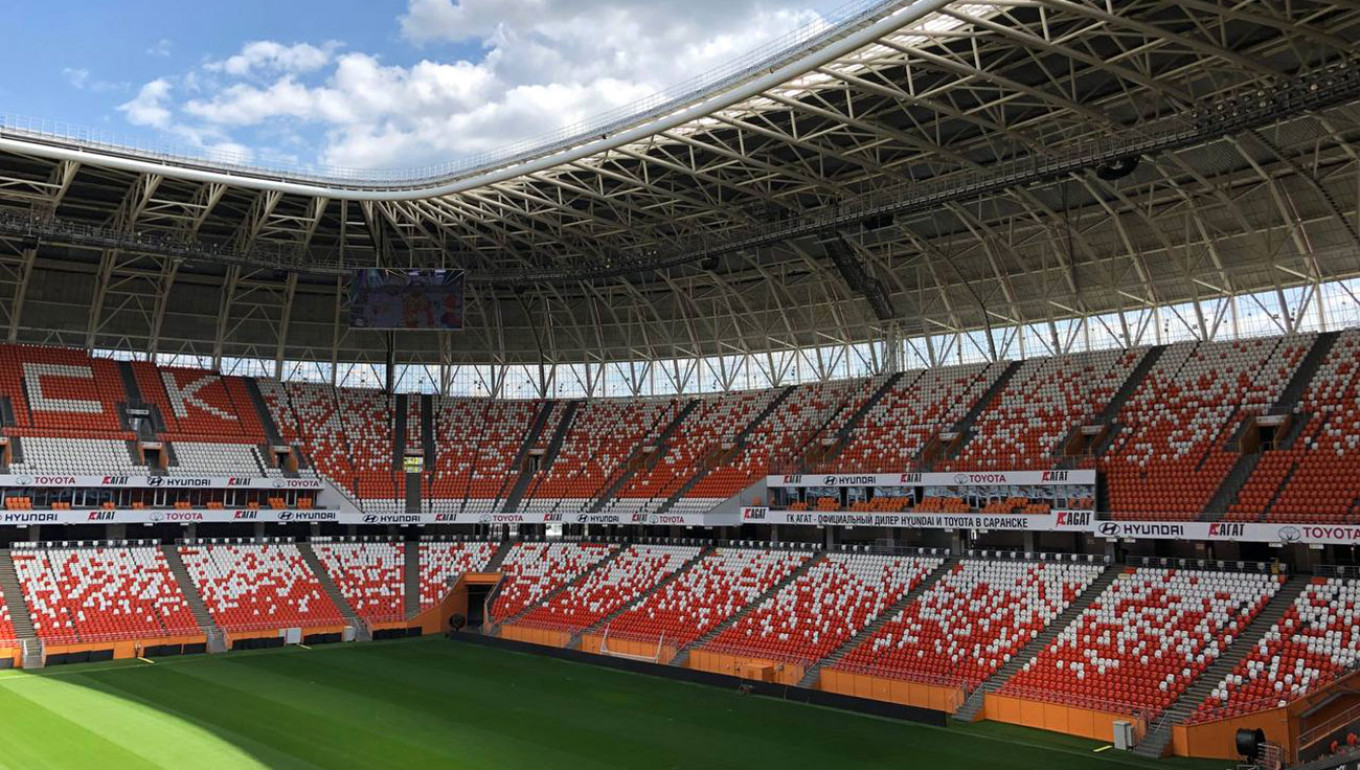
“We need to earn as much as possible and spend less — but there has to be a balance so that the stadium does not all fall into disrepair. We should strive for self-sufficiency, but under the given conditions, that’s very difficult — 250 million rubles a year is a huge amount of money,” he said.
Ambitions are high and larger attendances, such as the 15,000 who watched Tambov FC host Spartak Moscow last September, and the full house for Russia’s record 9-0 defeat of San Marino in 2019, show flickers of the stadium’s potential, he hopes.
“Time will tell what we can become. If we think about Old Trafford and Manchester — I want the Mordovia Arena to be like this. This is what we’re striving for.”
A Message from The Moscow Times:
Dear readers,
We are facing unprecedented challenges. Russia's Prosecutor General's Office has designated The Moscow Times as an "undesirable" organization, criminalizing our work and putting our staff at risk of prosecution. This follows our earlier unjust labeling as a "foreign agent."
These actions are direct attempts to silence independent journalism in Russia. The authorities claim our work "discredits the decisions of the Russian leadership." We see things differently: we strive to provide accurate, unbiased reporting on Russia.
We, the journalists of The Moscow Times, refuse to be silenced. But to continue our work, we need your help.
Your support, no matter how small, makes a world of difference. If you can, please support us monthly starting from just $2. It's quick to set up, and every contribution makes a significant impact.
By supporting The Moscow Times, you're defending open, independent journalism in the face of repression. Thank you for standing with us.
Remind me later.



